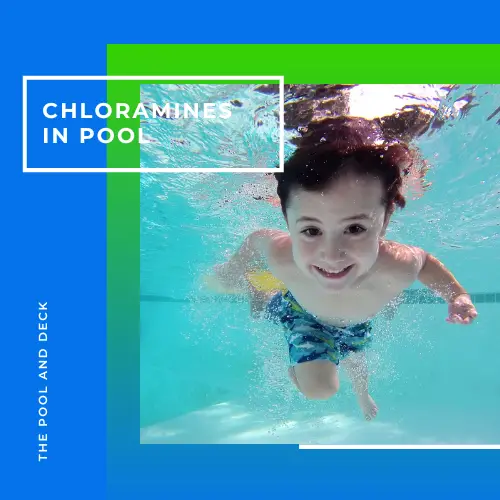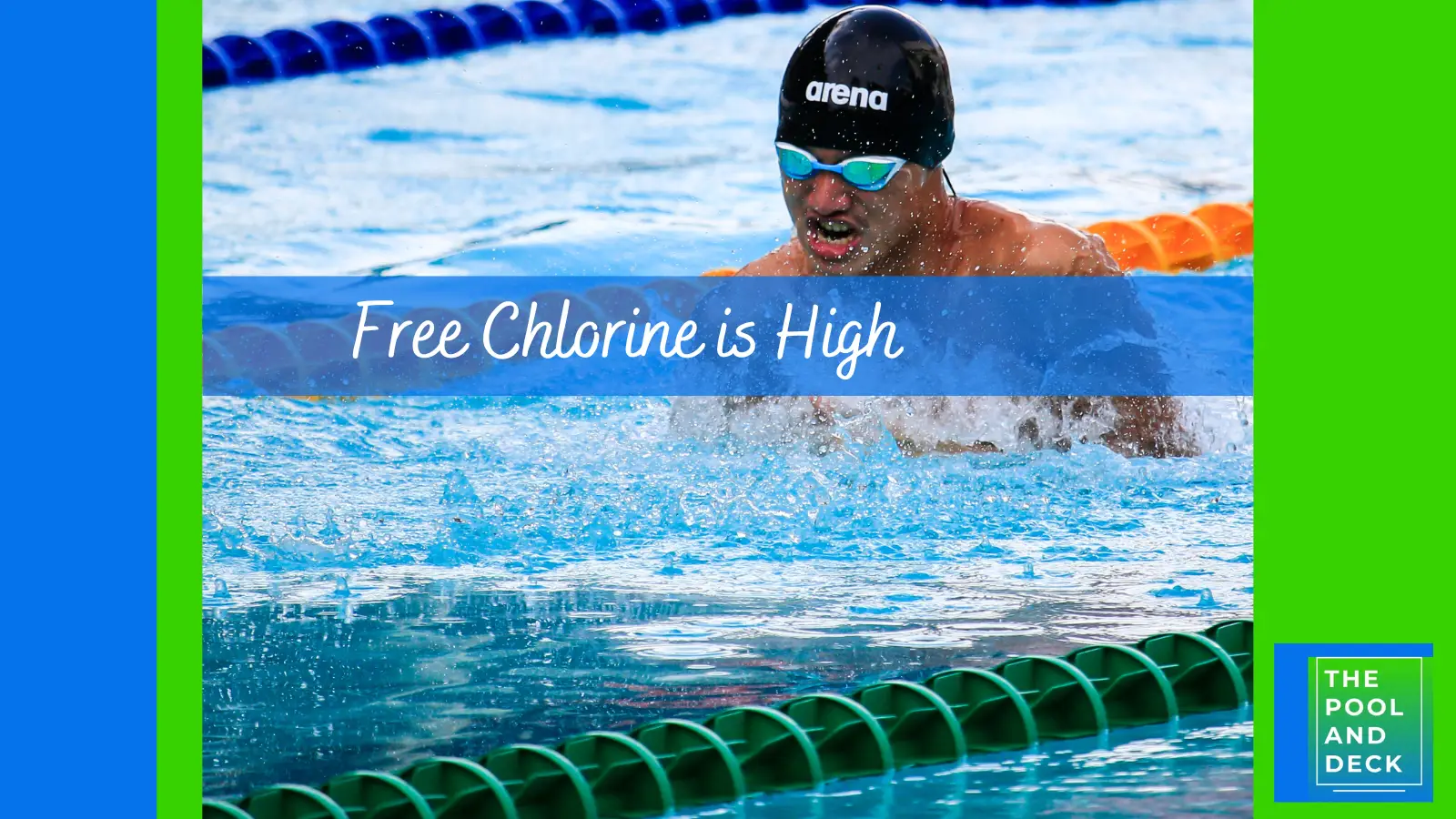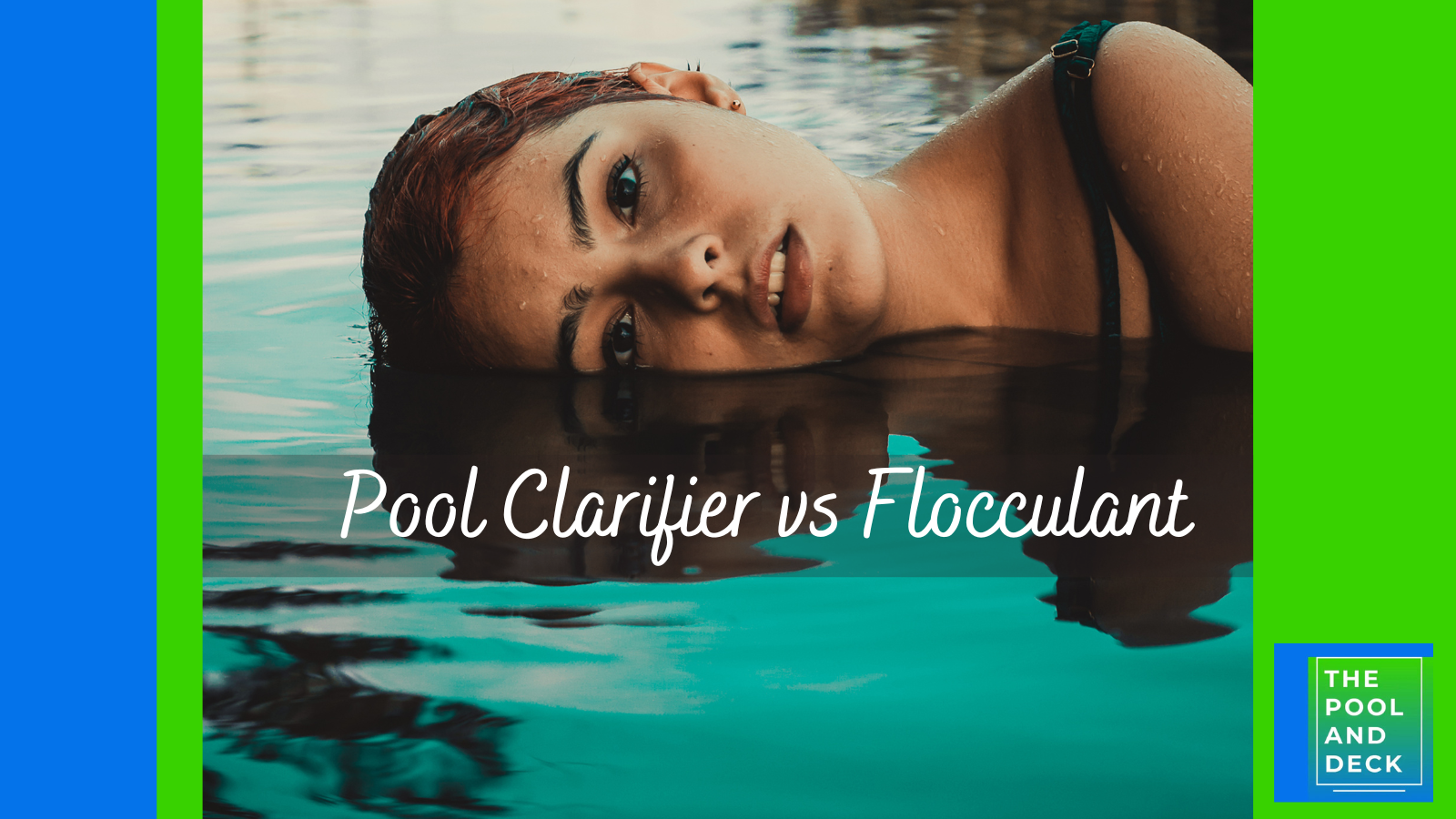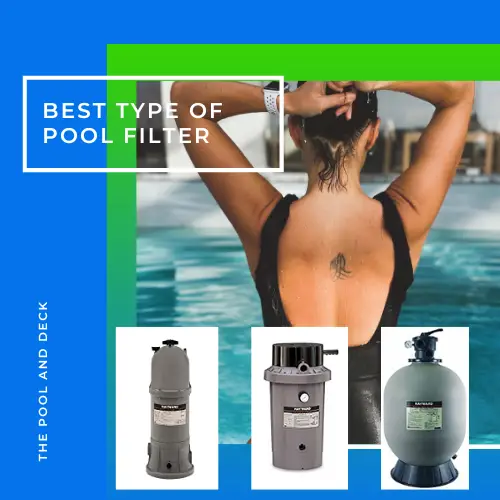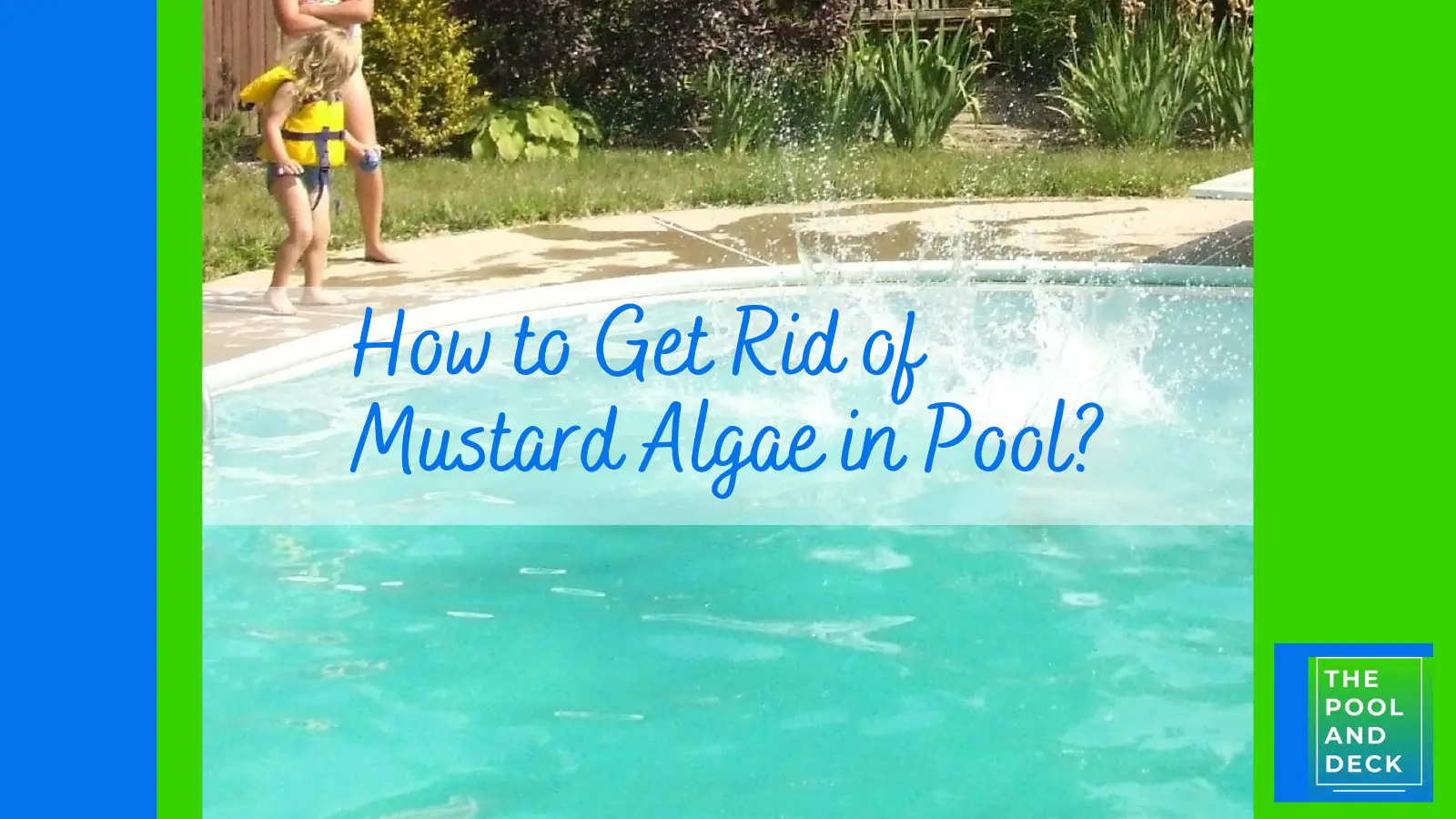How to Lower Calcium Hardness in Pool? (The Easy Way!)
thepoolanddeck.com is a participant in the Amazon Services LLC Associates Program, an affiliate advertising program designed to provide a means for sites to earn advertising fees by advertising and linking to Amazon.com . The website is also an affiliate of a few other brands. The affiliate links never increase your purchase price. We do appreciate your support. Thank you very much!
As a pool owner, pool water calcium hardness may not seem very important; till it becomes too high! Then, how to lower calcium hardness in pool will surely be on top of your mind.
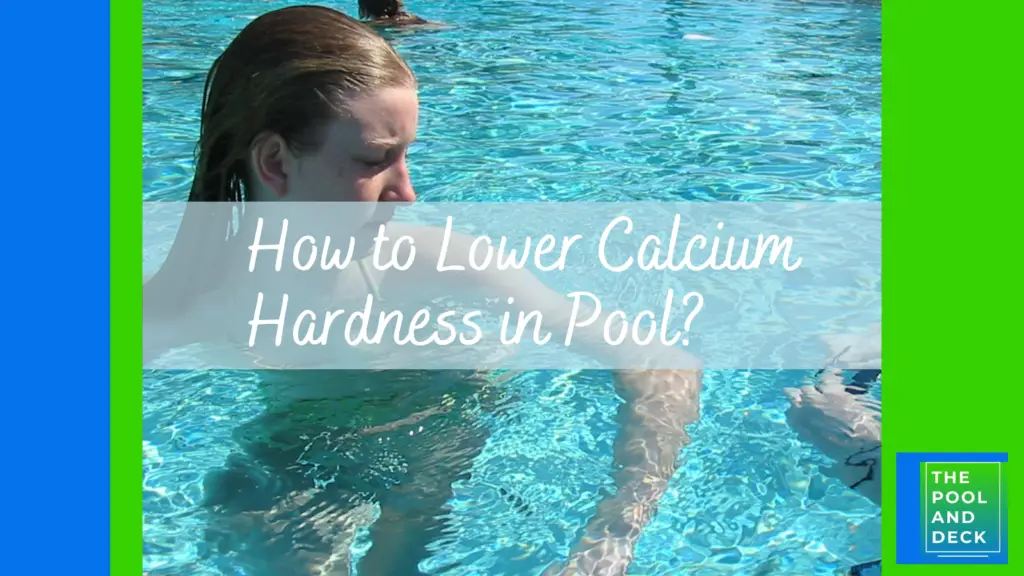
So in this post I am going to tell you what pool water calcium hardness is, the havoc it can cause and how to lower calcium hardness in pool the easy way!
Table of Contents
What is Pool Water Calcium Hardness?
Pool water calcium hardness refers to the concentration of calcium ions dissolved in your pool. It is measured in parts per million (ppm).
Calcium Hardness (CH) plays an important role pool water chemistry as it affects the water’s ability to balance pH levels and impacts corrosion or scale buildup in pool equipment.
High calcium hardness levels can lead to cloudy water, scaling on pool surfaces, and reduced effectiveness of chlorine.
On the other hand, low calcium hardness can cause etching on pool surfaces and corrode metal components like pumps and filters.
Maintaining the right calcium hardness balance is key to keeping your pool water clear, safe, and comfortable for swimmers.
What Is the Ideal Pool Calcium Hardness Level?
Pool Water Calcium Hardness (CH) levels between 150 and 400 ppm are considered acceptable. However, the ideal range for calcium hardness is 200 – 300 ppm.
Maintaining pool water calcium hardness level between 200 – 300 ppm ensures the water remains balanced, preventing issues like scale buildup and equipment damage. You should not, in any case, let it go above 400 ppm.
Too low calcium hardness can lead to corrosion, while excessively high levels will cause scaling issues. Regular testing and adjustment of calcium hardness levels are essential for optimal pool maintenance.
If you are a new pool owner you can get a wealth of information from my article, Pool Chemistry for Beginners: With 5 Super Helpful Cheat Sheets!
How to Test for Pool Water Calcium Hardness?
Testing for pool water calcium hardness is important for maintaining water quality. Use a reliable pool water testing kit, readily available at most pool supply stores.
I highly recommend using Taylor K-2005 Complete DPD 9-in-1 Test Kit rather than Test Strips as you get far more accurate results.
Recommended Chemical Test Kit
Taylor K-2005 Complete DPD 9-in-1 Test Kit
Tests for free & total chlorine, bromine, pH, total alkalinity, total hardness, and cyanuric acid (CYA) levels.
Follow the kit instructions carefully, typically involving collecting a water sample in a testing vial and adding specific reagents. Here is an YouTube video from Taylor Water Technologies.
Regular testing, especially during pool opening and closing seasons, is vital for keeping your pool water balanced and safe for swimming.
Hard Pool Water vs Soft Pool Water
Hard pool water contains high levels of dissolved minerals (typically over 300 ppm), primarily calcium and magnesium ions. Hard water in nature, is water that has passed through soluble rocks such as limestone and chalk.
These minerals can cause scale buildup on pool surfaces and equipment, leading to clogged filters and reduced efficiency of pool heaters. It can also make it harder to maintain proper pH levels and balance other chemicals in the water.
Soft pool water, on the other hand, has lower levels of dissolved minerals (typically less than 50 ppm). Soft water in nature, is water that has passed through insoluble rocks such as granite and slate.
While soft water may seem desirable, excessively low calcium hardness levels can lead to corrosion of pool surfaces and equipment.
How to Lower Calcium Hardness in Pool?
Calcium hardness can go up in your pool if the refill water is hard. However, it can also go up during hot and windy conditions that increase the rate of evaporation. Water evaporates but minerals don’t, resulting in an imbalance.
There are basically two ways of how to lower calcium hardness levels in pool water.
Dilution
Lowering calcium hardness in your pool requires diluting the existing pool water (with high calcium hardness) with fresh water (with low calcium hardness).
For this method to be effective you must partially drain the pool and refill it with water low in calcium hardness.
You may need to carry out this process several times as draining more than 10% of pool water at one go is not safe. The pool walls can collapse inward.
The dilution process helps reduce the overall concentration of minerals in the pool water.
Chemical
Use of pool flocculant to clump excess calcium is one of the ways to get it outside your pool. After adding the flocculant wait overnight, then manually vacuum the pool to remove clumps. Make sure to turn off the pump and filter beforehand to avoid filter damage.
If draining or flocculant isn’t feasible, as a last resort, try using muriatic acid. Although it doesn’t directly lower calcium hardness, it raises saturation levels, helping restore water balance.
Always handle chemicals with care and follow safety instructions closely to maintain pool health and safety.
Thank you very much for reading the post. I do hope you found it informative and helpful.


